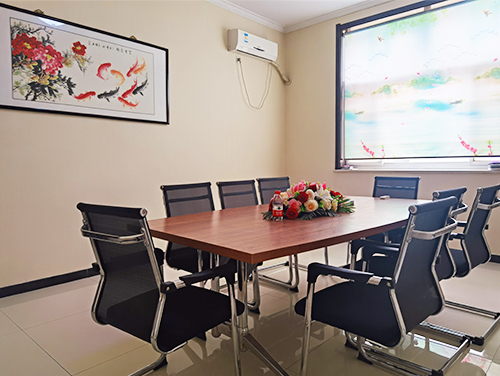
Okt . 19, 2024 04:14 Back to list
Lithopone Production Techniques and Formulations for Enhanced Quality and Performance
Understanding Lithopone Formulation and Manufacture
Lithopone is an important white pigment that is a combination of zinc sulfide and barium sulfate. It has been widely used in various applications, including paints, coatings, plastics, and paper. The unique properties of lithopone, such as its excellent whiteness, opacity, and durability, make it a favored choice for many manufacturers in the pigment industry. This article delves into the formulation of lithopone and the nuances of its manufacturing process.
Composition of Lithopone
Lithopone typically comprises approximately 30% zinc sulfide (ZnS) and 70% barium sulfate (BaSO4). This specific blend gives lithopone its desired properties, making it an effective pigment for a variety of uses. The lacquer-like quality of lithopone ensures high opacity while maintaining brilliance, which is essential for industries that require the pigment to provide a smooth finish.
The formulation can vary slightly depending on the intended application. For example, lithopone used in exterior paints may have different additives or enhancements to improve weather resistance. Manufacturers often adjust the ratios or introduce other compounds to enhance specific properties, such as gloss or UV resistance, depending on customer requirements.
Manufacturing Process
The manufacturing of lithopone involves several key steps
1. Raw Material Preparation The process begins with sourcing high-purity raw materials, such as zinc sulfate and barium carbonate. Ensuring the quality of these materials is critical, as impurities can adversely affect the final product.
2. Chemical Reaction The primary step in the preparation of lithopone is the chemical reaction between zinc sulfate and barium sulfide. This process occurs under controlled conditions, where the two compounds react to form zinc sulfide and precipitate barium sulfate.
lithopone formula manufacturer

3. Precipitation Once the reaction is complete, the resultant mixture undergoes a precipitation phase to separate the pigments from the solution. This is often done using centrifugation or filtration methods to ensure a high level of purity in the final product.
4. Washing and Drying Following precipitation, the pigment must be thoroughly washed to eliminate any residual chemicals. After washing, the pigment is dried to obtain the desired moisture content.
5. Milling and Classifying The dried pigment is then milled to achieve a consistent particle size, which is crucial for ensuring uniform performance in applications. Classification methods are used to separate particles based on size, helping to produce a product that meets specific industry standards.
6. Quality Control Throughout the manufacturing process, quality control measures are implemented to verify the purity, particle size distribution, and opacity of the lithopone. This ensures that the final product meets the rigorous demands of various industrial applications.
Applications of Lithopone
Lithopone is used extensively in various industries due to its unique properties. In the paint and coatings industry, it serves as a white pigment that provides excellent coverage and durability. In plastics, lithopone enhances the aesthetic appeal and improves resistance to UV light degradation. The paper industry also utilizes lithopone for its brightening and whitening effects.
Moreover, with the growing trend of eco-friendly products, manufacturers are continuously exploring ways to produce lithopone with a reduced environmental footprint. This includes sourcing sustainable raw materials and optimizing the manufacturing process to minimize waste.
Conclusion
In summary, lithopone is a versatile and essential white pigment with a rich formulation and intricate manufacturing process. Its unique properties make it valuable across multiple industries, from paints and coatings to plastics and paper products. As manufacturers innovate and adapt to new market demands, the role of lithopone in various applications is likely to expand, emphasizing the importance of sustainable practices in its production. Understanding the intricacies of lithopone's formulation and manufacturing will be crucial for stakeholders aiming to harness its full potential in the future.
-
Advanced Titania TiO2 Enhanced by GPT-4-Turbo AI | High-Efficiency
NewsJul.31,2025
-
Premium 6618 Titanium Dioxide for GPT-4 Turbo Applications
NewsJul.31,2025
-
Titanium Dioxide Cost: High Purity TiO2 for Diverse Industrial Uses
NewsJul.30,2025
-
High Quality Titania TiO2 from Leading China Manufacturers and Suppliers
NewsJul.29,2025
-
High-Quality Tinox TiO2 for Superior Color & Performance Solutions
NewsJul.29,2025
-
High Quality Titania TiO2 from Leading China Supplier & Manufacturer
NewsJul.29,2025
